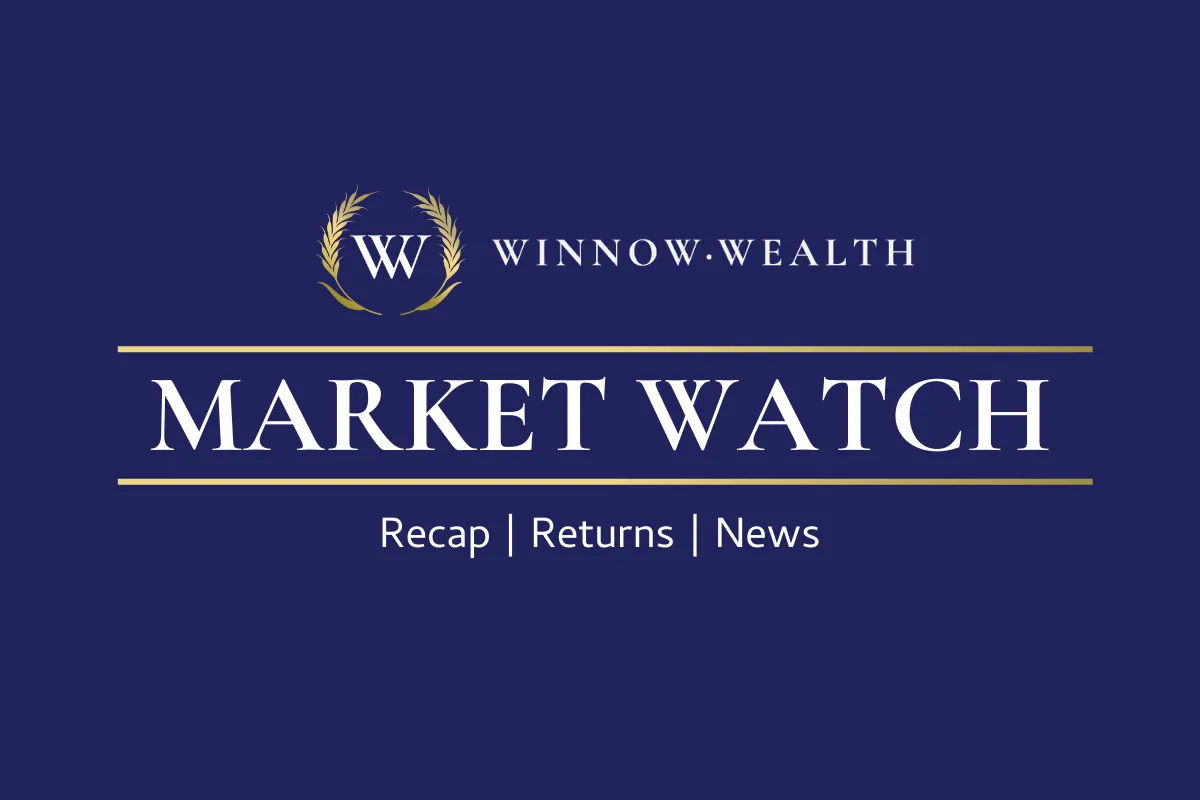Blog
Check out our latest market updates and important financial alerts

October 2024 Market Watch
October 4, 2024

Market Health Indicator - Current Score

The Market Health Indicator (MHI) measures market health on a scale of 0 - 100, analyzing various market segments such as economics, technicals, and volatility. Higher scores indicate healthier market conditions.
And just like that, the third quarter is in the book!
The “everything rally” continued in September, despite another bout of market volatility early in the month. Softening jobs data created some uncertainty early on, but slowing inflation combined with the first Fed rate cut since the pandemic provided some support for broad markets. As we head into the last quarter of the year, expectations for a potential soft landing have increased among investors.
Large-cap stocks led the way in the US, with the Nasdaq 100, S&P 500, and Dow Jones Industrial Average gaining 2.57%, 2.14%, 1.96% respectively. Smaller companies weren’t far behind, with the CRSP US Small Cap Index adding 1.97% for the month. Cyclical sectors experienced stronger momentum while defensive sectors were more mixed.
Overseas, markets moved higher as well. Developed international stocks rose 1.08% while emerging markets surged 7.32%. Boosting sentiment in emerging countries was China’s central bank announcing plans to lower interest rates and inject funds to help pull growth back towards its target. The country had been facing a sluggish economy with a troubled real estate market, but investors are hoping the stimulus is enough to accelerate activity.
On the fixed-income side, bonds participated in the monthly gains, helped by the much-anticipated Fed rate cut. In attempt to get ahead of the curve, the Fed opted for a larger 50 basis point cut to kick off the easing cycle. While some of this was already baked into expectations, the 10-year Treasury yield fell from 3.91% to 3.81%, resulting in a 1.34% gain for aggregate US bonds. This was the fifth straight monthly increase for bonds as rates have come down from their late-April highs.
As a whole, it was another strong month for markets, capping a strong quarter across the board. However, it’s important to realize volatility has been somewhat heightened over the past couple of months, and it could remain commonplace as we near the presidential election. Having a plan and investment system in place can help mute the near term noise, focusing attention on things that are more important over the long-run.
Nobody is more ready for a seasonal change than Boeing
Early in September, the company’s Starliner spacecraft touched down after taking astronauts to the International Space Station in June.
Unfortunately, the capsule was riddled with malfunctions and deemed too risky to transport the crew back with it. The astronauts will instead remain in space until February, when they will hop on a SpaceX spacecraft to return home.
If the bad publicity wasn’t enough, later in the month 33,000 Boeing workers walked off the job, beginning a strike over contract negotiations. The strike halts production of the company’s best-selling 737 MAX, among other airplane models.
Adding this to a long list of incidents since the beginning of the year, Boeing is ready for a fresh start. It replaced its CEO in August to help restore trust in the business, but it seems there’s still a long road to recovery ahead.
The future is... snail mail?
Seven years after retiring its catalog, J. Crew is bringing it back. First printed in spring 1983, the catalog was a key part of the brand’s success, and was considered a leader in print media.
However, the preppy clothing line struggled to keep up with the shift to fast fashion and online shopping, filing for bankruptcy in 2020.
After shaking its heavy debt load, J. Crew is experiencing a resurgence as the company’s sales are approaching a record this year.
The brand is looking to keep the momentum going by blending nostalgia with some modern updates for newer generations. For example, all the photos will be shot on film, but the catalog is adding QR codes to fit with the digital age.
It’s not just J. Crew. Other previously struggling mall brands like Abercrombie & Fitch and Gap have been making a comeback as well.
Fun Facts
Ronald Wayne, the third co-founder of Apple, sold his 10% share of the company for $800 in 1976. It would be worth $345 billion today!
The heaviest pumpkin ever weighed 2,749 pounds, and it was grown in the backyard of a horticulture teacher in Minnesota.
In 1524, the letter “j” was the last letter to be added to the alphabet. Prior to that, “i” was used for both letters i and j.
A study showed the average amount of power a horse can produce is… 14.9 horsepower.
Disclosure:
Winnow Wealth, LLC (“Winnow Wealth”) is a Registered Investment Adviser.
The information presented is not investment advice – it is for educational purposes only and is not an offer or solicitation for the sale or purchase of any securities or investment advisory services. Investments involve risk and are not guaranteed. Be sure to consult with a qualified financial adviser when making investment decisions.
This content is intended to provide general information about Winnow Wealth. It is not intended to offer or deliver investment advice in any way. Information regarding investment services are provided solely to gain an understanding of our investment philosophy, our strategies and to be able to contact us for further information.
All information has been obtained from sources believed to be reliable, but its accuracy is not guaranteed. There is no representation or warranty as to the current accuracy, reliability or completeness of, nor liability for, decisions based on such information and it should not be relied on as such.
The views expressed in this commentary are subject to change based on market and other conditions. These documents may contain certain statements that may be deemed forward‐looking statements. Please note that any such statements are not guarantees of any future performance and actual results or developments may differ materially from those projected. Any projections, market outlooks, or estimates are based upon certain assumptions and should not be construed as indicative of actual events that will occur.
Past performance is no guarantee of future returns.
Different types of investments involve varying degrees of risk. Therefore, it should not be assumed that future performance of any specific investment or investment strategy will be profitable.
Additional Important Disclosures may be found in the Winnow Wealth Form ADV Part 2A which we will provide upon request.
Investment advisory services also offered through Brookstone Wealth Advisors (BWA), a registered investment advisor. Winnow Wealth & BWA are independent of each other.

Copyright © 2025 Winnow Wealth, LLC
Winnow Wealth, LLC (“Winnow Wealth”) is a Registered Investment Advisor (“RIA”), located in the State of Texas. Winnow Wealth provides investment advisory and related services for clients nationally. Winnow Wealth will maintain all applicable registration and licenses as required by the various states in which Winnow Wealth conducts business, as applicable. Winnow Wealth renders individualized responses to persons in a particular state only after complying with all regulatory requirements, or pursuant to an applicable state exemption or exclusion. Investment advisory services also offered through Brookstone Wealth Advisors (BWA), a registered investment advisor. Winnow Wealth & BWA are independent of each other.


